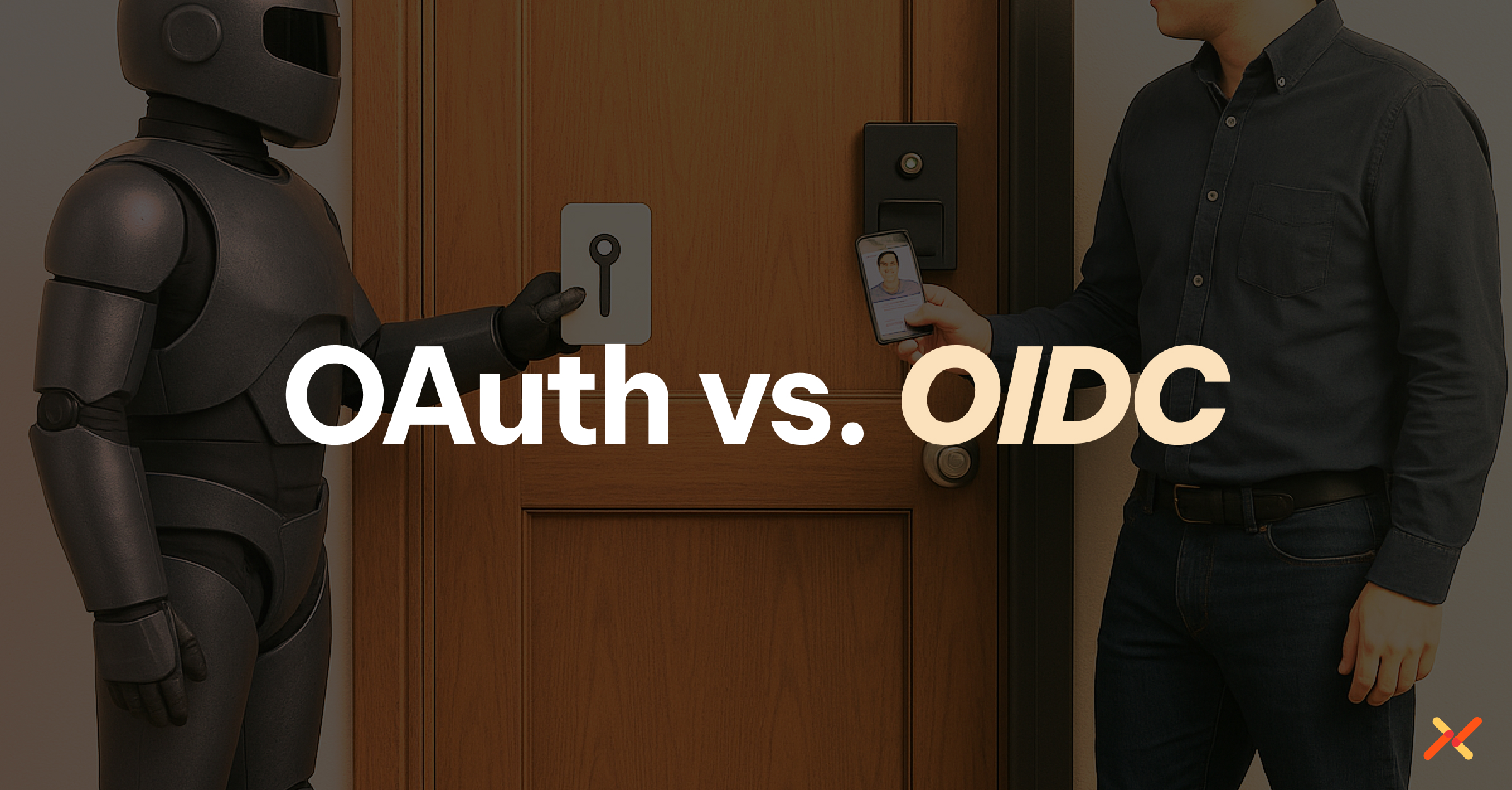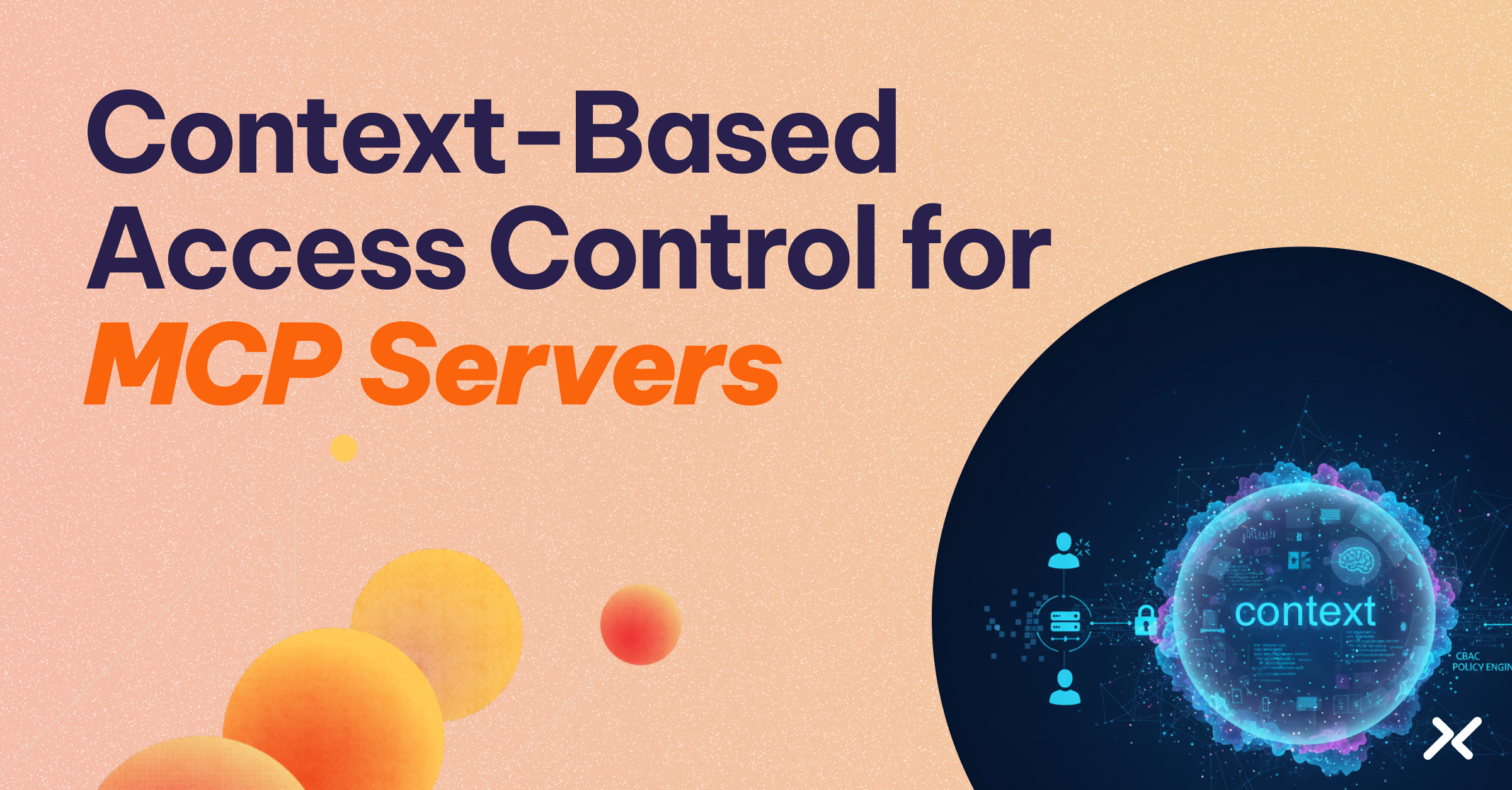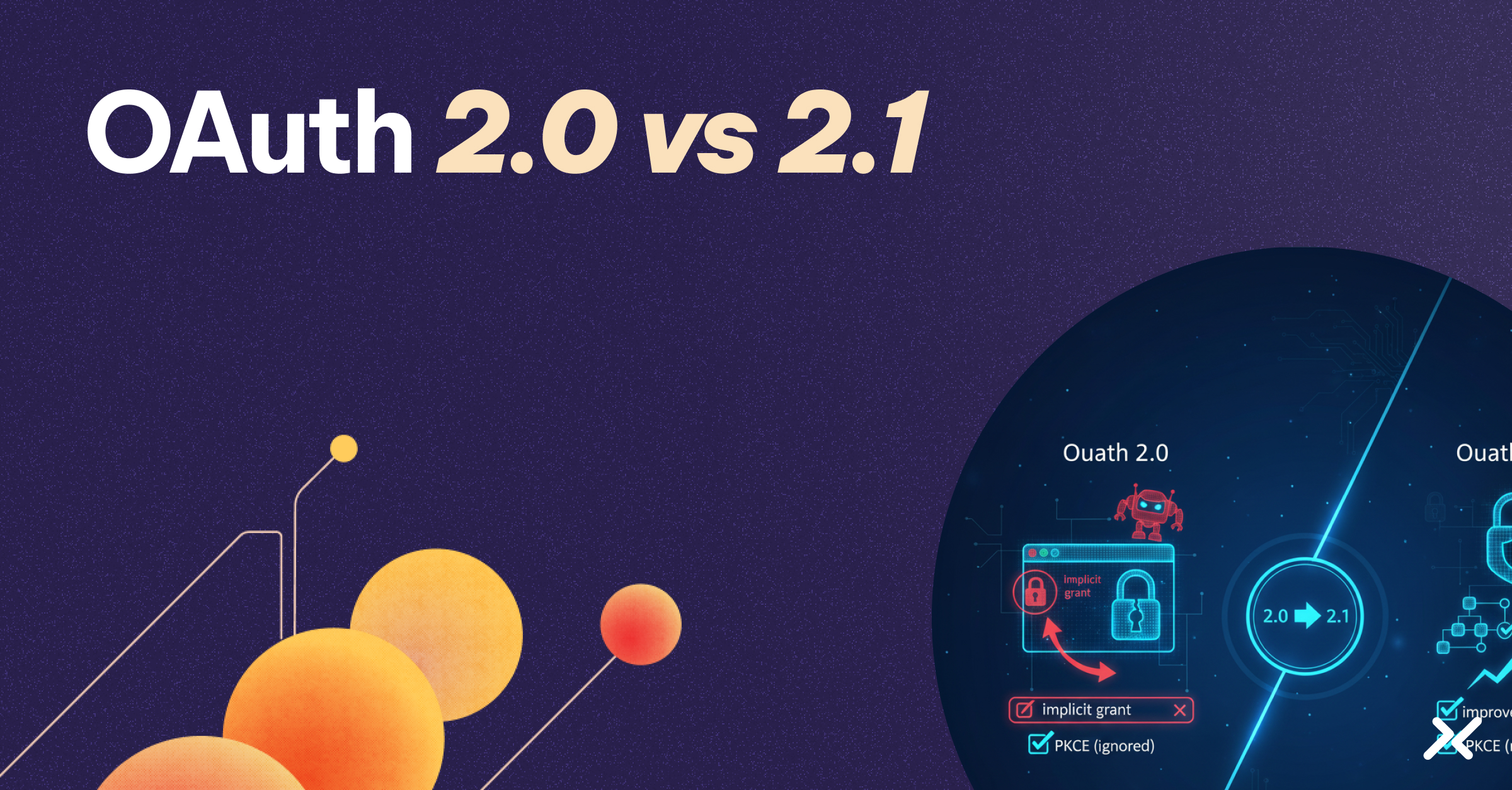Engineers conflate Open Authorization (OAuth) and OpenID Connect (OIDC) constantly, building authentication systems when they need authorization frameworks, or parsing access tokens for identity information they should extract from ID tokens. This often results in security gaps, unnecessary complexity, and architectures that violate the fundamental separation between proving identity and granting access.
OAuth handles authorization, while OIDC handles authentication. Mix them up and you’ll either over-engineer identity verification where simple access control suffices, or leave critical identity gaps in systems that need cryptographic proof of who’s requesting access.
This guide clarifies both protocols for user authentication and workload-to-workload scenarios, including applications, services, CI/CD pipelines, and automated processes. You’ll get a clear decision framework for choosing the right protocol combination for your architecture.
The Core Distinction You Need to Understand
OAuth 2.0 and OIDC solve fundamentally different problems. They work together by design, but understanding when to use each requires recognizing what problem you’re actually solving.
| Aspect | OAuth 2.0 | OIDC |
| Purpose | Authorization | Authentication |
| Answers | “What can they access?” | “Who are they?” |
| Tokens | Access token, refresh token | ID token + access/refresh tokens |
| Use Case | API authorization | User login, Single Sign-On (SSO) |
| Stands Alone? | Yes | No (built on OAuth) |
What OAuth 2.0 Does
OAuth 2.0 provides delegated authorization. It issues access tokens that grant specific permissions to resources. A CI/CD pipeline getting temporary credentials to deploy to AWS? That’s OAuth handling authorization. The access token says “you can deploy to these environments” without proving who or what is making the request. OAuth focuses solely on controlling what can be accessed, not verifying identity.
What OIDC Adds to OAuth
OIDC extends the OAuth framework with an identity layer that issues ID tokens that contain claims about the authenticated user, such as user ID, email, and roles. So when an employee logs into Salesforce through Okta, OIDC proves their identity before OAuth grants access to specific resources. OIDC cannot exist without OAuth because it’s built as an extension that adds authentication capabilities on top of OAuth’s authorization foundation.
Key Principle: They’re Complementary
OIDC extends OAuth rather than replacing it. Most production systems need both protocols working together, as OIDC establishes who’s making the request through ID tokens and OAuth controls what they can access through scoped access tokens.
When to Use OAuth Alone, OIDC, or Both
The right protocol combination depends on your architecture and trust boundaries. These scenarios show when to use OAuth alone, OIDC with OAuth, or OIDC-style patterns for workloads:
Scenario 1: Web Application User Login
When employees log into internal applications through corporate SSO, you need both OIDC and OAuth working together. The identity provider authenticates the user and issues an ID token that proves their identity, along with an access token that grants API permissions. Your application validates the ID token to establish the user session and extract claims like email, department, and roles. Then it uses the access token to authorize calls to backend APIs on behalf of that user.
This standard pattern supports federated identity management and provides all the identity attributes needed for fine-grained authorization decisions across your application stack.
Scenario 2: Workload-to-Workload Communication (Same Boundary)
Services communicating within the same Kubernetes cluster or cloud account can rely on OAuth alone for authorization. Infrastructure primitives like service accounts, managed identities, or mutual TLS certificates already establish which workload is making the request. OAuth’s client credentials flow then issues access tokens with specific scopes that control what actions the calling service can perform.
Adding OIDC here would introduce unnecessary complexity because the infrastructure layer already provides cryptographic proof of identity. You only need OAuth to enforce what resources each service can access based on policy-defined scopes.
Scenario 3: CI/CD Pipeline to Cloud
CI/CD workflows that deploy to cloud platforms require both OIDC and OAuth via Workload Identity Federation (WIF). The pipeline needs to prove its identity cryptographically without storing static credentials. GitHub Actions generates an OIDC token containing claims about the repository, branch, and workflow. The cloud provider validates this token, maps the claims to determine which workflow is requesting access, and then issues a short-lived OAuth access token for deployment operations.
This pattern eliminates static credentials in CI/CD pipelines entirely by replacing stored API keys with cryptographically verified identity attestation that automatically expires.
Choosing the Right Protocol
Work through these questions systematically to determine which protocol combination your architecture requires:
Does This Involve User Login or SSO?
If users are authenticating to access your application or multiple federated applications, use OIDC plus OAuth. This is the standard pattern for any user-facing authentication flow. The ID token proves identity and establishes the session. The access token authorizes API calls. Stop here and implement both protocols.
Do You Need to Verify Who or What Is Making the Request?
If the answer is no and you only need to control what can be accessed, OAuth alone suffices. The authorization server issues access tokens with scopes that define permitted actions. If you need identity verification beyond infrastructure-level primitives, continue to the next question.
Do You Need Identity Attributes for Authorization Decisions?
When your authorization logic depends on attributes like user roles, department, email domain, or workload properties, you need OIDC to provide those attributes reliably through ID token claims. Even if you think you only need basic identity verification now, requiring identity typically means you’ll need attributes for fine-grained authorization eventually. Use OIDC plus OAuth.
Are Workloads Communicating Within the Same Trust Boundary?
Services in the same Kubernetes cluster, containers in the same cloud account, or processes on the same VM can rely on infrastructure-level identity verification. Use OAuth alone for authorization, as the infrastructure already proves which workload is making the request. If workloads cross trust boundaries (different clouds, external environments, CI/CD to production), you need OIDC-style attestation to cryptographically verify identity before granting access.
Is This Delegated Access to a Third-Party Service?
When your application accesses external services on behalf of users, the external service manages identity verification for its own users. You only need OAuth to obtain delegated authorization. The user authenticates with the third-party service directly, grants your application specific permissions, and you receive an access token for those permitted operations.
Match Your Protocol Choice to Your Security Requirements
Each protocol combination requires specific validation steps to ensure secure authentication and authorization.
OAuth Alone: Validation at the Resource Server
When using OAuth alone, validate access tokens at each resource server with these checks:
- Token signature: Verify the signature using the public key from the JWKS endpoint of your trusted authorization server.
- Expiration and scopes: Check that the token hasn’t expired and contains the scopes needed for the requested operation.
- Audience claim: Confirm the audience matches your API to prevent token reuse across different services.
This approach assumes identity is already established through infrastructure like certificates or service accounts.
OIDC + OAuth: Validate Both Token Types
When using OIDC plus OAuth, validate each token type according to its purpose:
- ID tokens: Verify signature, issuer, audience (your client ID), expiration, and nonce if used to prevent replay attacks.
- Access tokens: Verify signature, expiration, scopes, and audience (your API) before authorizing the request.
Use the Right Token for the Right Job
Each token type serves a specific purpose in the authentication and authorization flow:
| Token Type | Purpose | Validated By | Never Use For |
| ID Token (OIDC) | Prove identity to application | Application | API authorization |
| Access Token (OAuth) | Authorize API access | Resource server | Identity verification |
| Refresh Token (OAuth) | Get new access tokens | Authorization server | Direct API calls |
When to Use Workload Identity Federation
WIF allows workloads running in one environment to authenticate and access resources in another environment without managing long-term credentials. Use WIF when:
- CI/CD pipelines need to deploy to cloud platforms without storing static credentials
- Services must communicate across different cloud providers without duplicating service accounts
- Containers need to access cloud APIs without credential injection or stored secrets
Implement the Right Protocol With Ease
OAuth and OIDC work together by design, with OIDC extending OAuth’s authorization framework to include identity verification. Choosing the right combination depends on your specific use case: OIDC plus OAuth for user-facing applications that need both identity and authorization; OAuth alone for workloads within the same trust boundary, where the infrastructure establishes identity; and OIDC-style attestation with OAuth for workloads crossing cloud or environment boundaries.Aembit eliminates the complexity of implementing these patterns across diverse infrastructure. Our Workload IAM platform verifies workload identity through cryptographic attestation, enforces policy-based access control, and removes static credentials through secretless architecture. Whether you’re securing microservices, connecting services across clouds, or eliminating secrets from CI/CD pipelines, Aembit maintains proper separation between authentication and authorization while automating credential management. Request a demo to see how secretless workload access works for your architecture.




